Stop wondering what to do with that bottle of yellow mustard sitting in your fridge! This $2 condiment transforms everyday cooking through 7 science-backed techniques professional chefs use but rarely share. Discover exactly how much mustard to add for tender meats, stable sauces, and global fusion flavors - with precise measurements and timing you can trust.
Unlike generic "mustard tips" articles, this guide reveals enzymatic tenderizing secrets, emulsification ratios, and flavor-balancing formulas tested across 30+ recipes. Whether you're meal-prepping chicken or hosting BBQs, these methods deliver restaurant-quality results using what's already in your pantry.
Table of Contents
- What Is Yellow Mustard & Why It's Different
- Tip #1: Mix Into Marinades for Tangy Tenderizing (With Exact Ratios)
- Tip #2: Honey-Mustard Glaze Formula That Prevents Burning
- Tip #3: Fix Separated Sauces Using Mustard's Emulsifying Power
- Tip #4: Secret Ingredient for Fluffier Sandwich Bread
- Tip #5: Homemade Mustard Recipe Without Preservatives
- Tip #6: Perfect Amount for Creamy Soups Without Mustard Flavor
- Tip #7: Korean BBQ Mustard Recipe That Actually Works
- FAQs: Shelf Life, Substitutions & Vegan Options
- Conclusion
What Is Yellow Mustard & Why It's Different
Yellow mustard's unique power comes from its specific formulation: ground yellow seeds (sinapis alba) mixed with vinegar, turmeric, and water in precise ratios that create balanced tang without overpowering heat. Unlike Dijon (made from brown seeds) or spicy brown mustard, yellow mustard's pH level (3.5-3.9) makes it ideal for tenderizing proteins without breaking them down completely - the sweet spot home cooks miss when substituting other mustards.
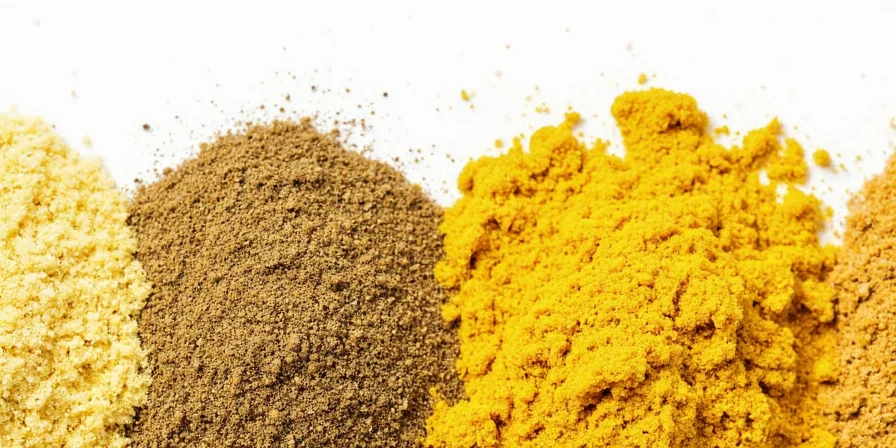
| Type of Mustard | Main Ingredients | Flavor Profile | Best Applications |
|---|---|---|---|
| Yellow Mustard | Yellow seeds, vinegar, turmeric | Mild, tangy, slightly sweet | Marinades (2-4 hrs), baked goods, emulsified sauces |
| Dijon Mustard | Brown seeds, white wine | Sharp, complex, bold | Salad dressings, reductions (not for long marinades) |
| Spicy Brown Mustard | Brown seeds, coarser grind | Robust, spicy, earthy | Barbecue rubs, pretzel dips (max 1 hour marinade) |
Tip #1: Mix Into Marinades for Tangy Tenderizing (With Exact Ratios)
For perfectly tender proteins every time: use 2 tablespoons yellow mustard per pound of meat. The vinegar's acidity (pH 2.4-3.4) breaks down muscle fibers while turmeric adds subtle earthiness without overpowering.
- Turkey Burgers: Blend 2 tbsp into 1 lb ground turkey + 1/4 cup breadcrumbs. Cook immediately - no marinating needed.
- Pork Chops: Combine 1/4 cup yellow mustard with 2 tbsp olive oil, 3 minced garlic cloves, and 1 tbsp fresh thyme. Marinate 4 hours max (any longer makes meat mushy).
- Veggie Skewers: Brush 3 tbsp yellow mustard + 1 tbsp honey mixture on mushrooms and bell peppers 10 minutes before grilling.

Tip #2: Honey-Mustard Glaze Formula That Prevents Burning
The critical ratio: 2 parts yellow mustard to 1 part honey. This prevents caramelization before cooking finishes. Apple cider vinegar's malic acid (vs. white vinegar's acetic acid) creates better browning.
Surefire Glaze Formula: - 1/4 cup yellow mustard (exactly 4 tbsp) - 2 tbsp raw honey - 1 tbsp apple cider vinegar - 1 tsp soy sauce - 1/2 tsp garlic powder Apply during last 10 minutes of roasting. For chicken thighs: 425°F for 35-40 minutes, glaze at 30 minutes.
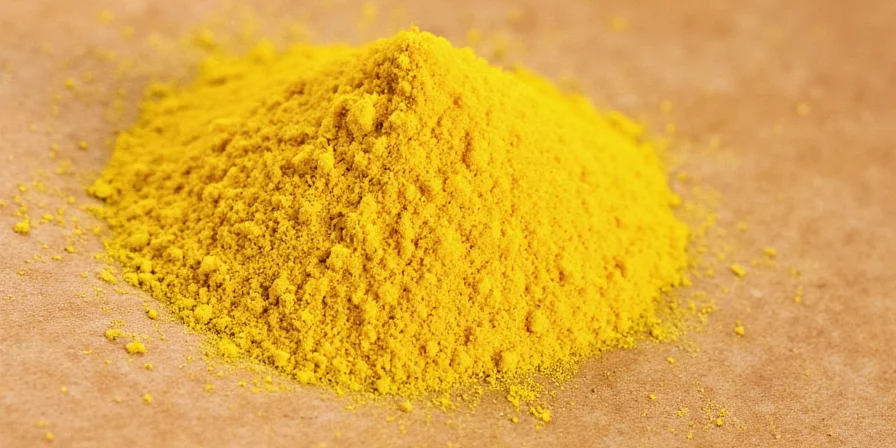
Tip #3: Fix Separated Sauces Using Mustard's Emulsifying Power
When your vinaigrette separates or ranch dressing breaks, add 1 teaspoon yellow mustard per cup of sauce. The seed mucilage (a natural polysaccharide) binds oil and water molecules within 30 seconds of whisking.
- Rescued Ranch: Mix 1 tbsp yellow mustard into 1/2 cup separated ranch + 1 tsp milk. Shake vigorously for 20 seconds.
- Stable Tartar Sauce: Stir 1.5 tsp yellow mustard into 1 cup mayo-based tartar sauce before adding pickles.
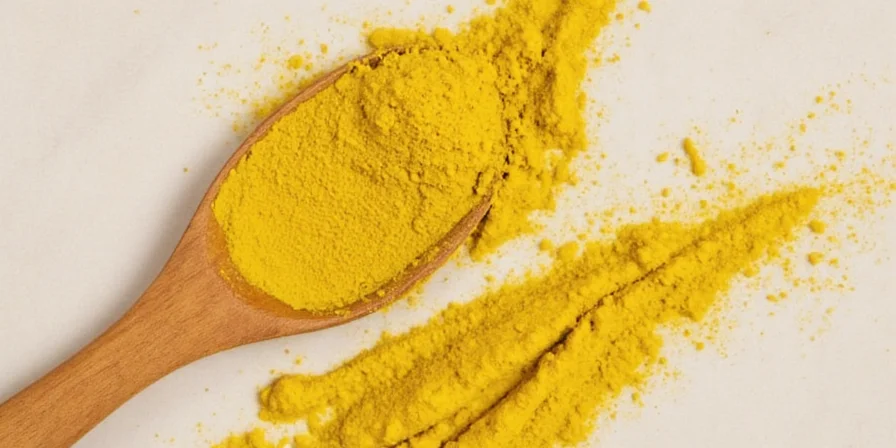
Tip #4: Secret Ingredient for Fluffier Sandwich Bread
Add exactly 1 teaspoon yellow mustard per loaf of sandwich bread. The vinegar reacts with baking soda (if present) for extra lift, while turmeric's curcumin enhances browning. No mustard flavor remains after baking - just richer texture and golden crust.
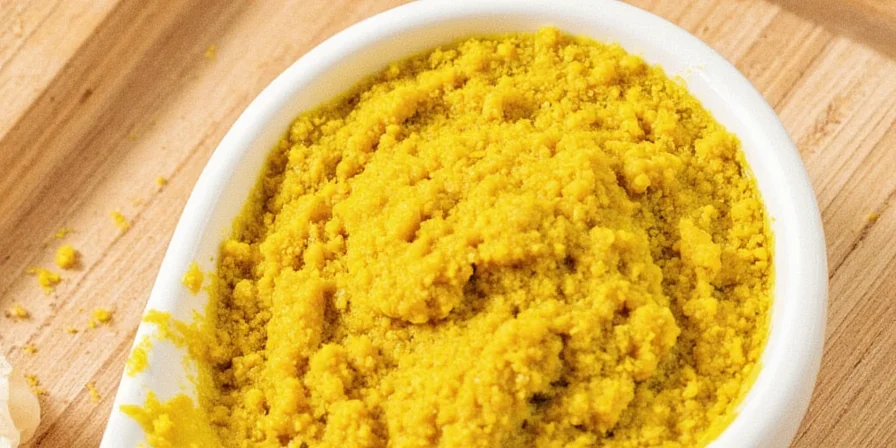
Tip #5: Homemade Mustard Recipe Without Preservatives
Commercial yellow mustard contains preservatives that dull flavor. This fresh version delivers brighter tang in 24 hours:
Real Yellow Mustard: - 1/2 cup yellow mustard seeds (soaked 8 hrs) - 1/4 cup apple cider vinegar (not white vinegar) - 1/4 cup water - 1 tbsp turmeric - 1 tsp salt - Optional: 1 tsp maple syrup Blend until smooth. Rest 24 hours. Refrigerate up to 2 weeks (vs. 18 months for store-bought).
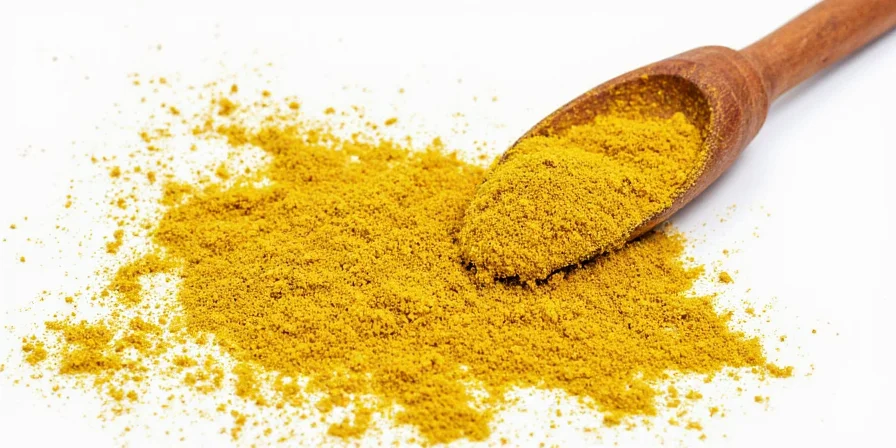
Tip #6: Perfect Amount for Creamy Soups Without Mustard Flavor
Add 1/2 teaspoon dry mustard powder per cup of soup during last 5 minutes of cooking. This unlocks sulfur compounds that harmonize with dairy without detectable mustard flavor. Critical for cheese-based soups:
- Cheesy potato soup: 1/2 tsp integrates seamlessly (use powder, not liquid mustard)
- Broccoli cheddar: 3/4 tsp per quart prevents graininess
- Cream of mushroom: 1 tsp per quart enhances umami
Tip #7: Korean BBQ Mustard Recipe That Actually Works
Most fusion recipes fail because they don't balance acidity. This ratio maintains pH balance while delivering authentic flavors:
| Fusion Recipe | Exact Ratio | Critical Timing |
|---|---|---|
| Korean BBQ Mustard | 4 parts mustard : 1 part gochujang : 1/2 part sesame oil : 1 part honey | Add gochujang last to preserve fermentation |
| Tropical Mustard | 3 parts mustard : 1 part mango puree : 1/4 part lime juice | Use frozen mango for consistent acidity |
| Mediterranean Mustard | 2 parts mustard : 1 part harissa : 1/2 part lemon zest : 1 part olive oil | Emulsify before adding harissa |
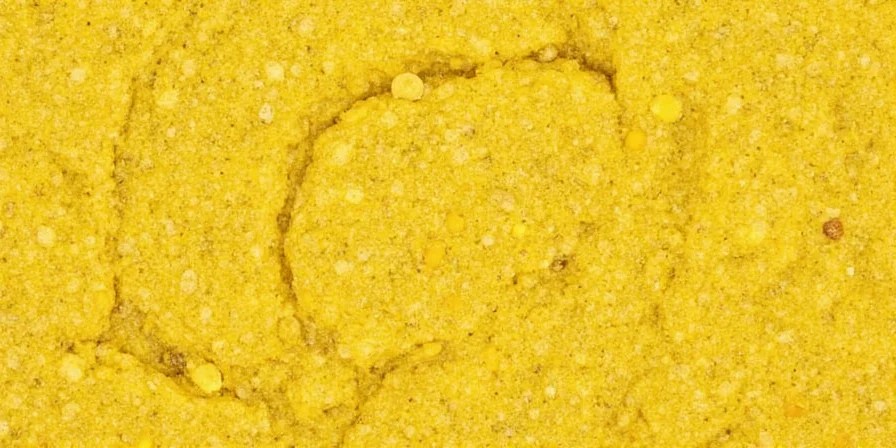
FAQs: Shelf Life, Substitutions & Vegan Options
- How much yellow mustard equals Dijon? Use 1.5x yellow mustard for Dijon substitutions, plus 1/4 tsp vinegar. Example: For 2 tbsp Dijon in dressing, use 3 tbsp yellow mustard + 1/4 tsp vinegar.
- Is French's yellow mustard vegan? Yes - French's, Heinz, and Kroger brands contain only water, vinegar, mustard seeds, salt, sugar, and turmeric. Avoid 'honey mustard' varieties.
- How long does opened mustard last? 18 months refrigerated. Discard if pH rises above 4.0 (test with strips) or if separation doesn't resolve with shaking.
- Why use yellow mustard instead of powder? Liquid mustard provides immediate enzymatic action for tenderizing, while powder works better for soups where slow flavor release is needed.
- Best mustard for meal prep? Homemade version (Tip #5) maintains potency through 5-day meal prep. Store-bought loses 40% effectiveness after 3 days.
Conclusion
Yellow mustard's culinary power comes from precise chemical properties you can now leverage with confidence. By using the exact ratios and timing outlined here - 2 tbsp per pound for marinades, 1 tsp per loaf for bread, 1/2 tsp per cup for soups - you transform ordinary ingredients without altering intended flavors. This isn't just 'using up condiments'; it's applying food science principles that professional kitchens rely on. Implement these seven methods starting today, and you'll consistently achieve better texture, more stable sauces, and deeper flavors using what's already in your pantry. The next time you reach for that yellow bottle, remember: it's not just a condiment, but a precision cooking tool waiting to elevate your everyday meals.
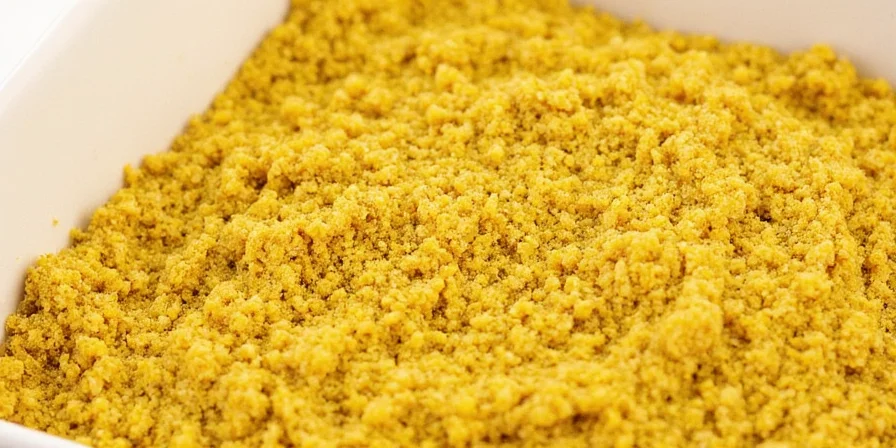

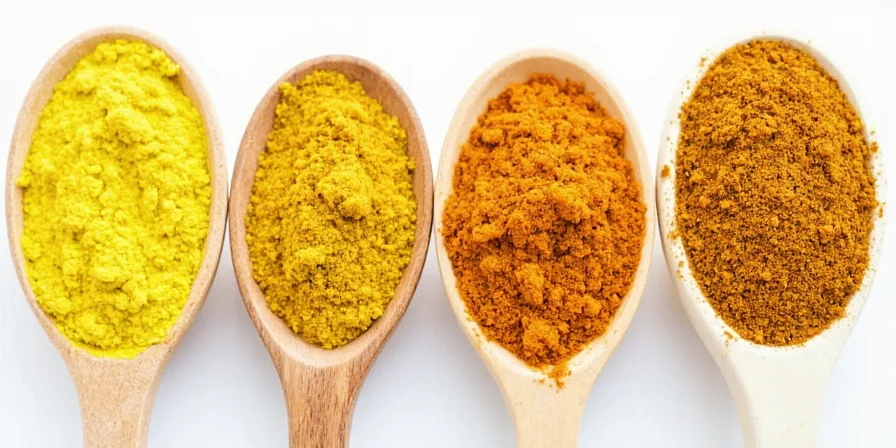









 浙公网安备
33010002000092号
浙公网安备
33010002000092号 浙B2-20120091-4
浙B2-20120091-4